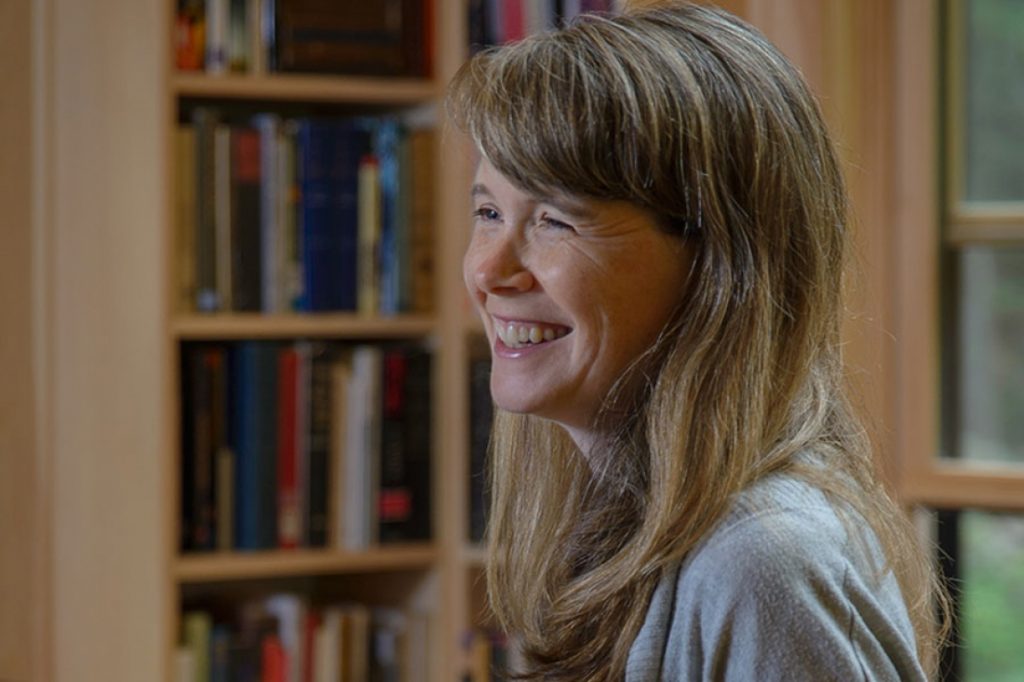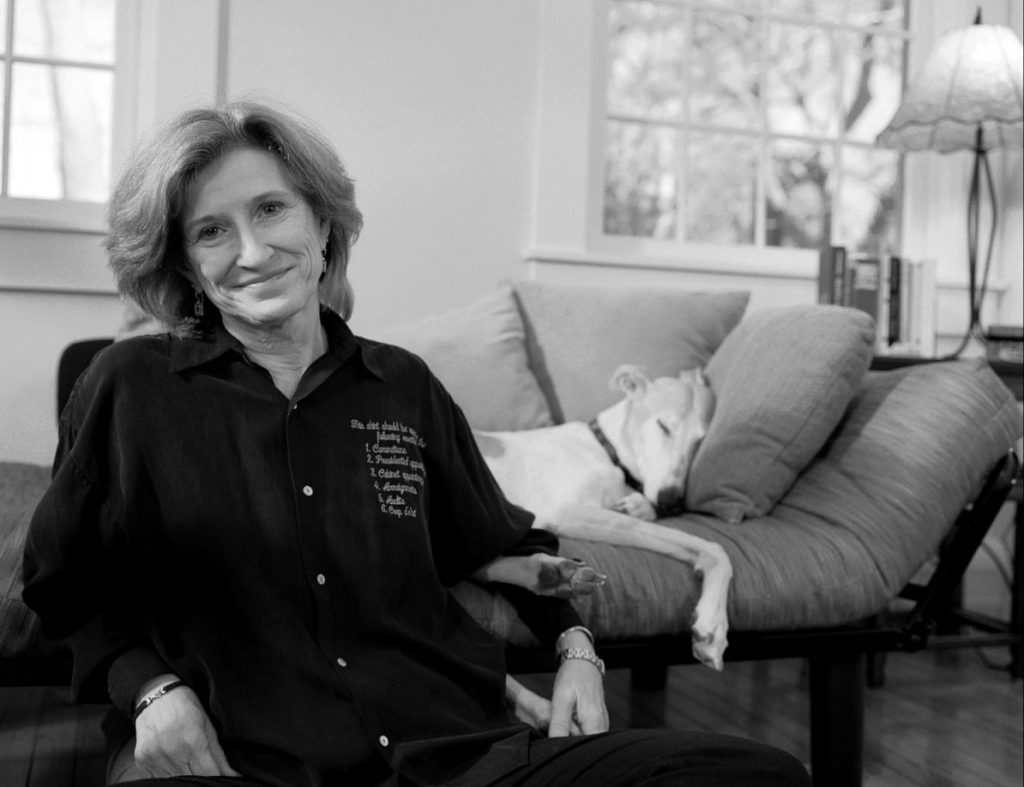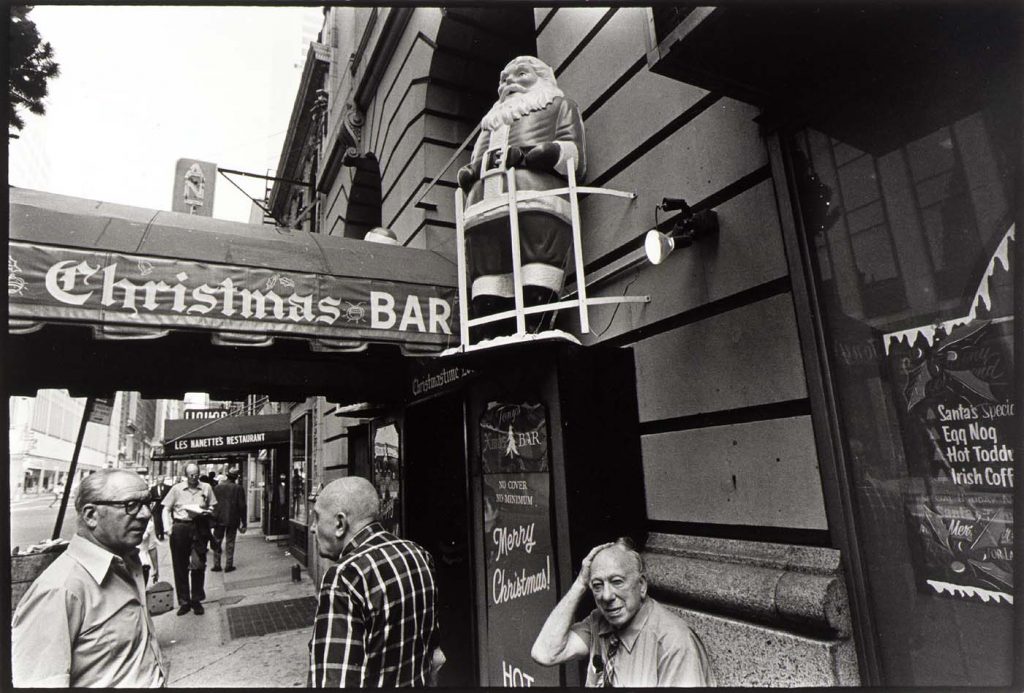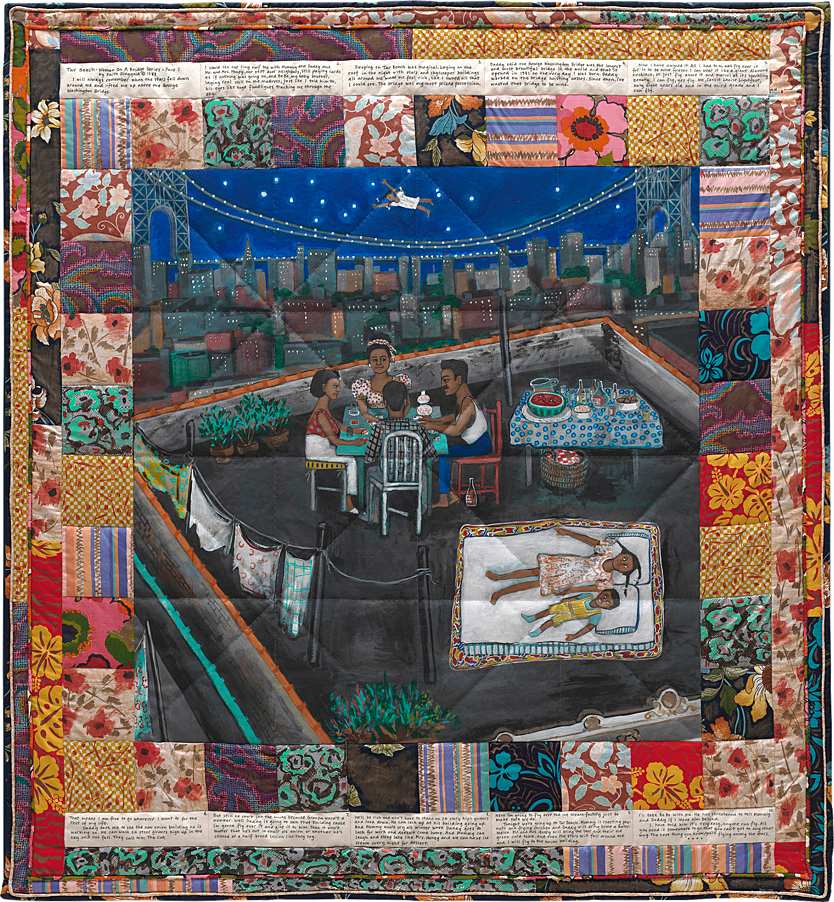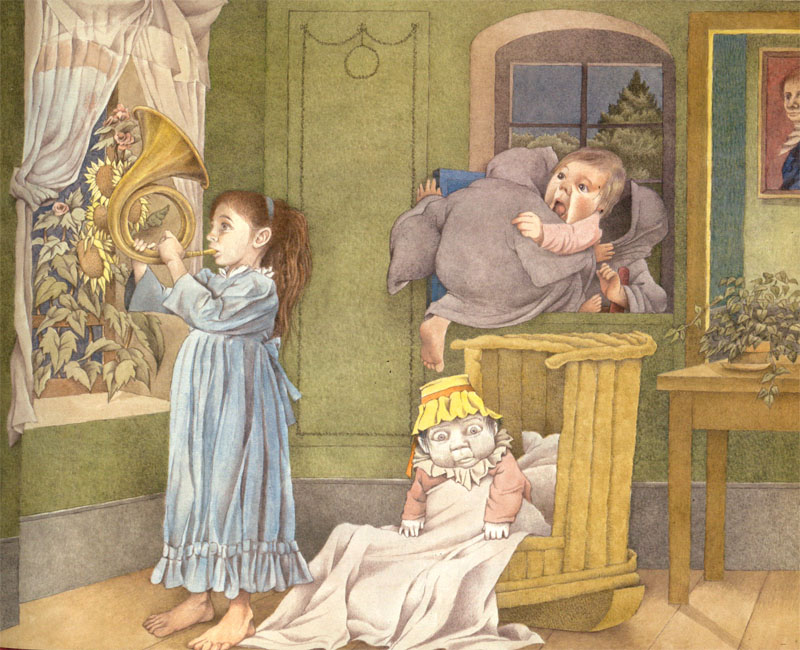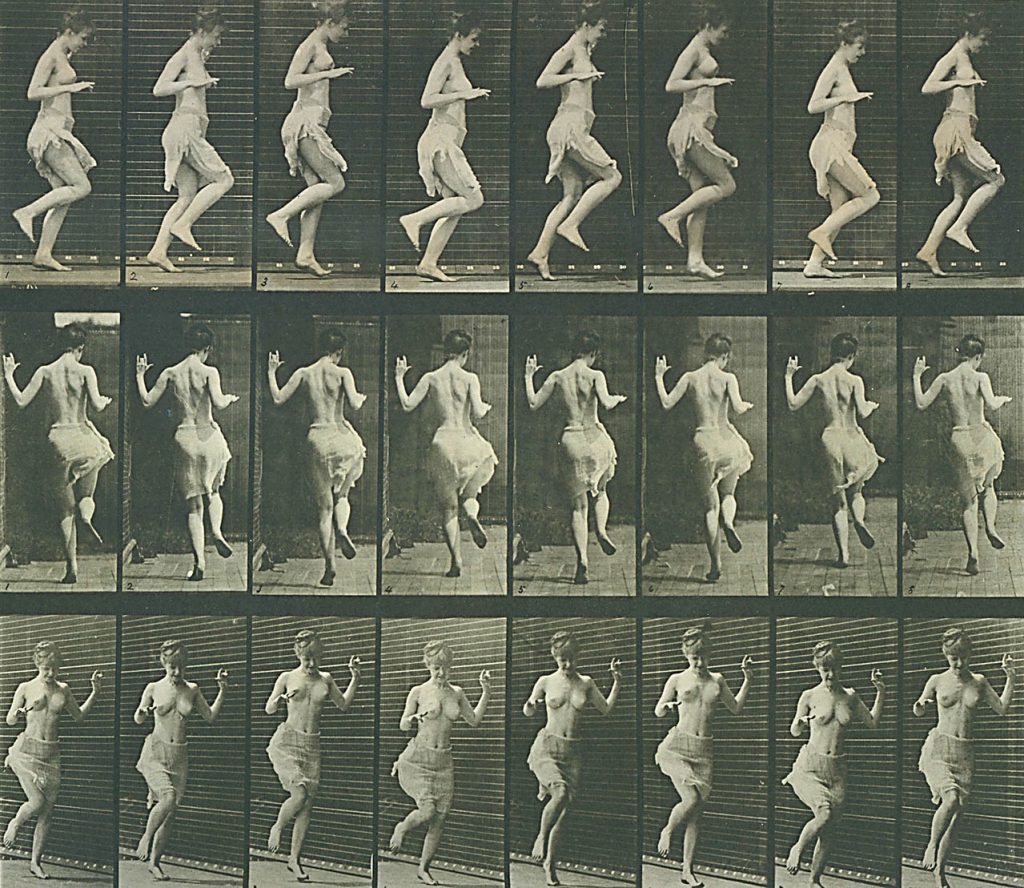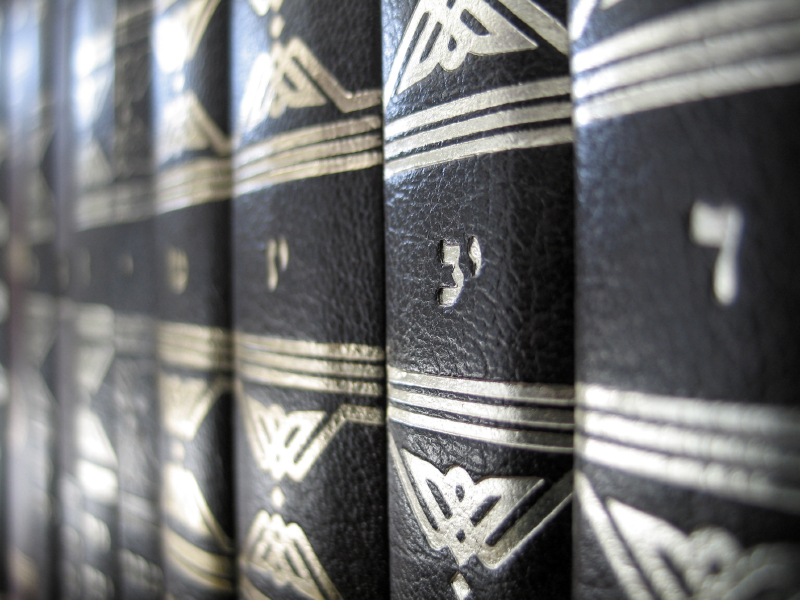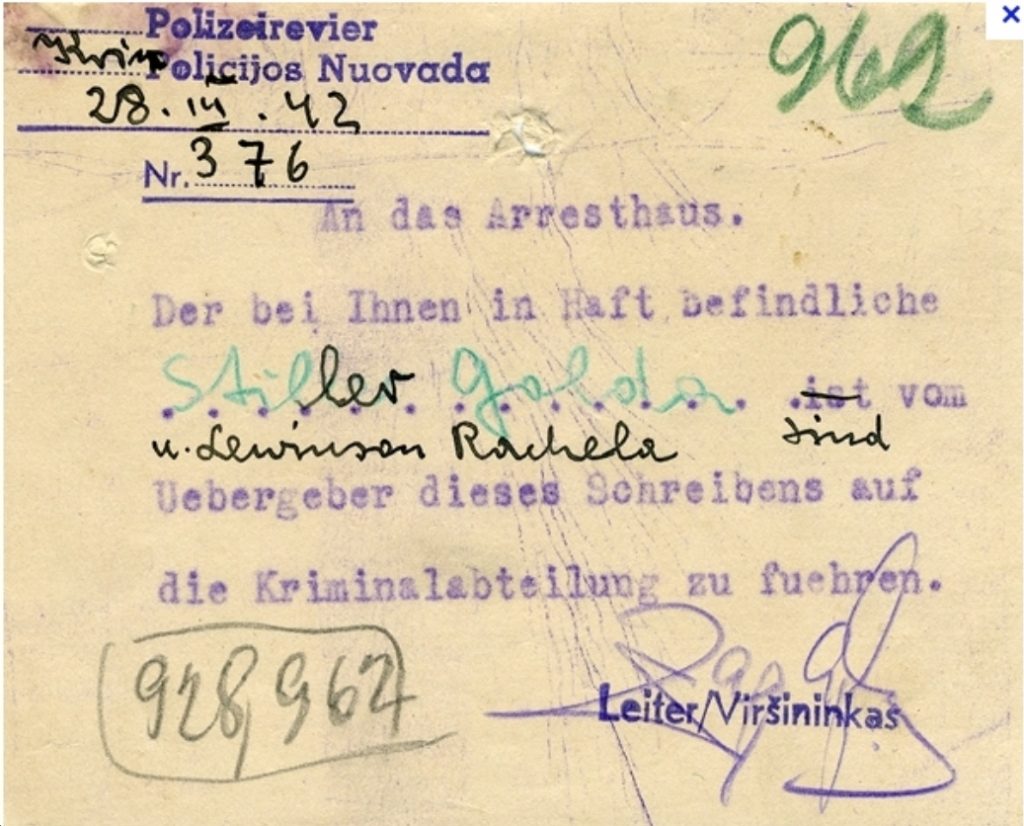“Engraft You New:” A Review of Kristen Case’s Principles of Economics
Guided by poets including Shakespeare, Homer, and Milton, Principles of Economics asks: can we stave off or transform grief by creating a faithful copy of the departed, by remembering everything in the manner of Borges’s Funes?
“Engraft You New:” A Review of Kristen Case’s Principles of Economics Read More »

